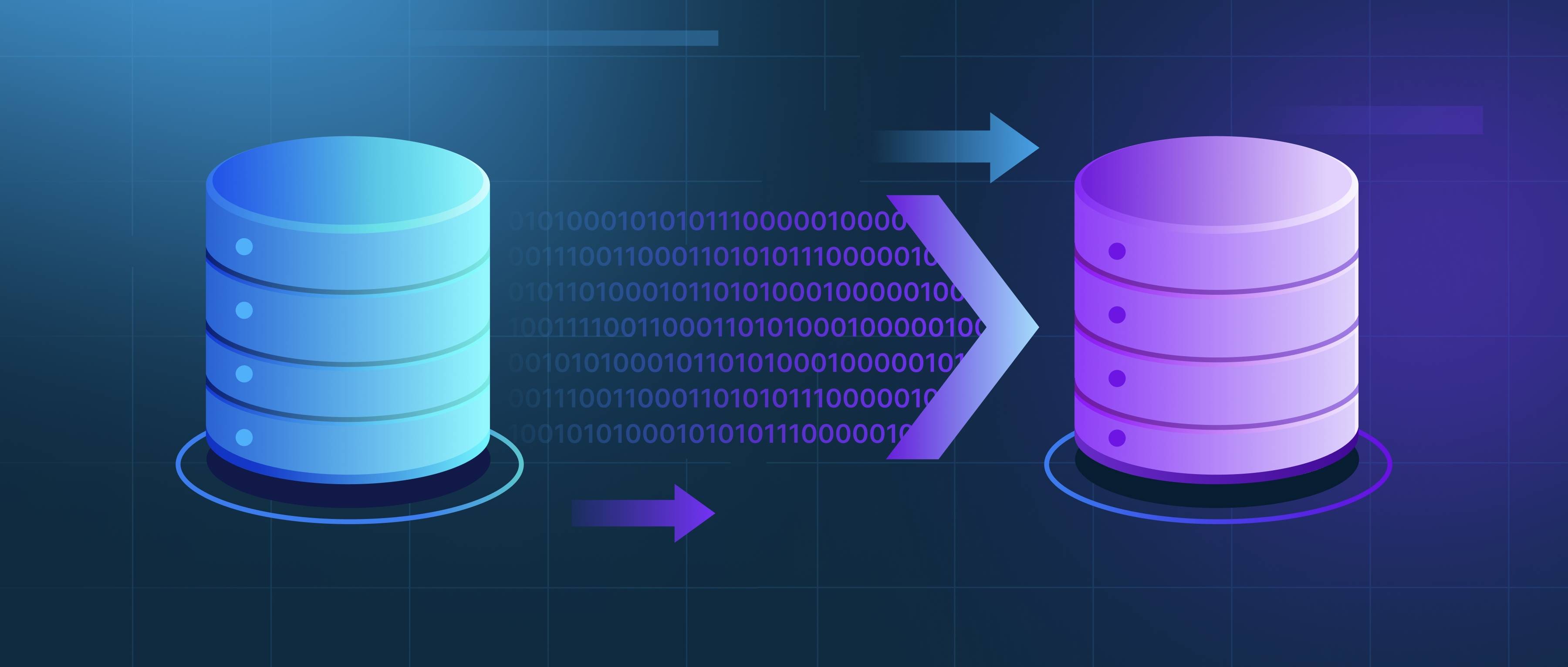Distributed databases maintain data integrity through a combination of techniques designed to ensure consistency, availability, and fault tolerance. The primary methods include data replication, consensus algorithms, and transaction management. These methods work together to ensure that data remains accurate and reliable, even when spread across multiple locations or nodes.
Data replication involves creating copies of data across different nodes in a distributed system. This redundancy not only protects against data loss due to hardware failures but also helps maintain integrity by allowing the system to verify that data across copies is consistent. For instance, if one node fails or a network partition occurs, the system can still operate using replicas from other nodes. Techniques such as read-your-writes and eventual consistency models also play a role in this aspect; they ensure that even when nodes are temporarily out of sync, the system eventually converges to a consistent state.
Consensus algorithms like Paxos or Raft further enhance data integrity by ensuring that all nodes agree on the current state of the database before any changes are committed. These algorithms handle the coordination of multiple updates in a way that prevents conflicting changes and ensures that all nodes eventually reach an agreement. Moreover, transaction management techniques such as Two-Phase Commit (2PC) help maintain integrity across distributed transactions by ensuring that either all parts of a transaction succeed or none are applied at all. This approach prevents scenarios where only some nodes reflect the changes while others do not, thus preserving the overall consistency of the database across the distributed architecture.
